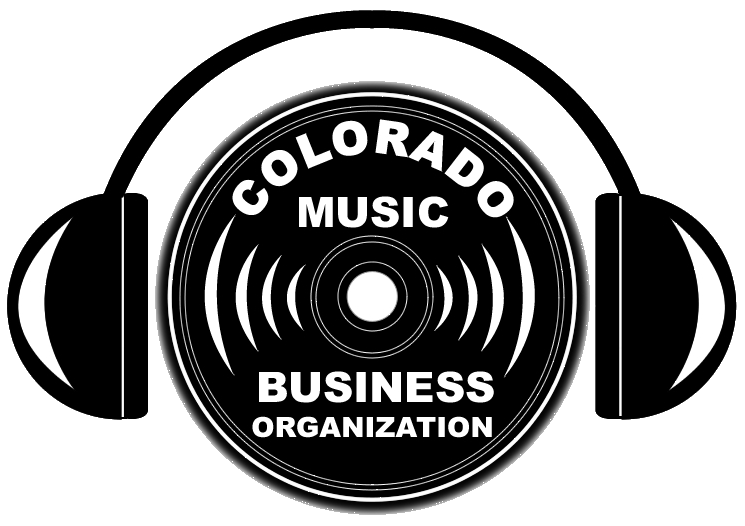Photo: Judy Garland | By Anna McKibbin, Paste Magazine | “Good mornin’! Good mornin’! We’ve talked the whole night through…” It’s a tune intrinsic to the iconography of the beloved Singin’ in the Rain, this time emanating from Judy Garland’s slight frame, more than a decade earlier in the forgettable Babes in Arms. Across the ‘30s, ‘40s and ‘50s, songs were frequently subjected to this process of recycling—singles were shattered, stripped for parts and repurposed for each new movie musical. This songbook reverberated across culture, coloring every corner of the public’s media intake. In 1939, the same year Babes in Arms made the leap from stage to screen, Garland further proved the staying power of this era of movie music by securing her spot with the year’s number one track. “Somewhere Over the Rainbow” remains the definitive example of singing on film, an apt, potent metaphor for an indescribable yearning. Filmmakers have been trying to capture the inexact emotion—the kind that launches careers and secures legacies—ever since, to varying degrees of success.
In recent years, this success has felt especially unreachable. Wonka’s “A Hatful of Dreams” coils around the repetition of “I got nothing to offer but my chocolate,” abrasively throwing the audience into the plot rather than exposing them to Dorothy’s delicate, childlike emotion. While “Somewhere Over the Rainbow” held The Wizard of Oz together, propelling the film into a hallowed place in cinema history, every recent example of the “I want” track common to musicals exposes the gaping emotional vacancy that sits beneath these modern projects.
The strictures of modern moviemaking seem to hold any onscreen music back from being great. Wonka follows The Greatest Showman in establishing the legacy of competent direction upended by bland music. By the time a musical finally makes its way to cinema screens, it has historically undergone several levels of reinterpretation. More recently, this process of reimagining has shifted in film’s direction. This wasn’t always the case: Through the early to mid-20th century, theater was the enviable platform for actors to platform their talent; six of the ten Best Lead Actress winners of the 1950s won for roles originating on Broadway, in comparison to the zero theater-based actress wins of the 2010s. Performers used to draw from the stage, but more recently the opposite is true, with composers desperate to ensnare dwindling theater audiences through musical versions of cult classics. From Heathers to Beetlejuice to Mean Girls (the latter of which is now receiving its own screen-to-stage-to-screen adaptation), films are the starting point to frame new musicals.
> > > > > > > > > >
Read the rest of this story here and then go write a GREAT movie song!
https://www.pastemagazine.com/movies/musicals/why-are-songs-in-movie-musicals-so-bad-now/
London-based film writer Anna McKibbin loves digging into classic film stars and movie musicals.

